Marguerite Kearns, host of Suffrage Wagon Cafe, is back again on the third day of our four-day festival. This special program highlights the anti-suffrage movement. The suffrage movement is considered to have taken from 1848 to 1920, quite a struggle. And we can appreciate the accomplishment when examining what the women’s suffrage activists were up against.
“In Her Sphere” by Elizabeth Johnson is featured on the video. The entire song can be found in Suffrage Wagon’s Soundcloud collection. The playful tune that takes on the opposition to women voting was sung at rallies and included in women’s suffrage songbooks.
VIDEO: “The Anti-Suffrage Movement” video with soundtrack, “In Her Sphere,” program of Suffrage Wagon Cafe on Vimeo.
VIDEO: “No Votes for Women: The New York State Anti-Suffrage Movement,” a book by Susan Goodier from on Vimeo.
SUFFRAGE WAGON BOOKSHELF:
by Marguerite Kearns
It’s difficult to believe today the extent to which votes for women were bitterly resisted, even more so than women’s education and employment. From 1848 to 1920, women challenged their traditional roles and second-class citizenship on a scale that raised the hackles of enough special and commercial interests that the entire process of winning the vote took 72 years. As we know, the struggle for equality continues.
I never thought seriously or deeply about those who opposed votes for women, or the anti-suffragists as they were also known. To me, they represented an obstacle to be overcome, more abstract than real. My perspective was not only disturbed but expanded after reading “No Votes for Women: The New York State Anti-Suffrage Movement” by Susan Goodier (University of Illinois Press). I ended up being surprised about how I couldn’t put the book down until I reached the end.
The reason for my interest in the anti-suffrage movement stems from my curiosity, not only about my grandmother Edna Kearns’ suffrage organizing in New York City and on Long Island, but also the context of the times in which she lived and worked. After reading “No Votes for Women,” Edna Kearns’ published reports of attending anti-suffrage meetings as an observer and reporter took on a different meaning for me. The work gave depth and texture to my grandmother’s life and her commitment to women’s rights.
And it also opened my eyes to the differences between New York State’s anti-suffrage supporters and those in the rest of the nation. Goodier gives an overview to the anti-suffrage movement and focuses on New York State. She introduces us to its leaders and advocates. All of this suggested a surprising way for me to view the victory of New York State women in their winning of the vote in 1917.
When New York celebrates its suffrage centennial in 2017, we want as much material available as possible. And the anti-suffrage movement is an important part of the tale. The 1915 suffrage referendum in New York was hotly contested. And Goodier points out that the anti-suffragists gave the suffrage activists a run for their money. Though not many people have picked up on New York’s centennial celebration this year, some recognition puts the 1917 victory in sharper focus.
Because New York’s anti-suffragists diverted their efforts toward support of World War I, this left a vacuum for suffrage organizers to succeed, Goodier points out. This and other insights and commentary provide the reader with a more complete picture of a democratic process with dramatic implications for the turn of the 20th century as well as today. I highly recommend this book.
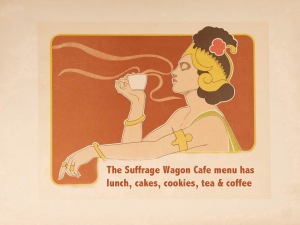 Follow Suffrage Wagon News Channel on Facebook and Twitter. Quarterly newsletters just by signing up. Suffrage Wagon News Channel has video platforms on Vimeo and YouTube.
Follow Suffrage Wagon News Channel on Facebook and Twitter. Quarterly newsletters just by signing up. Suffrage Wagon News Channel has video platforms on Vimeo and YouTube.
Meet your friends at the Suffrage Wagon Cafe. Follow SuffrageCentennials.com for news and views about upcoming suffrage centennials.
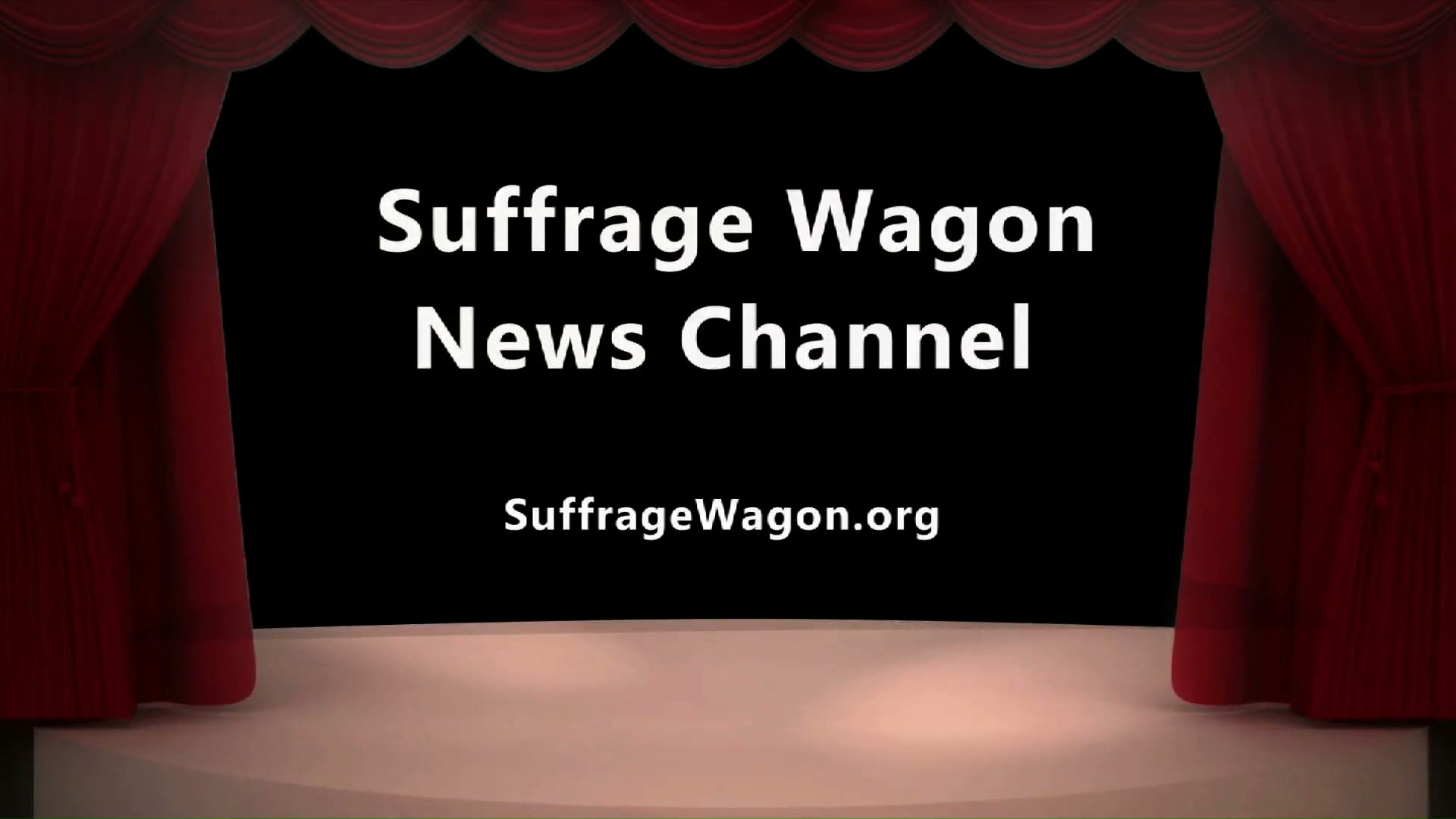


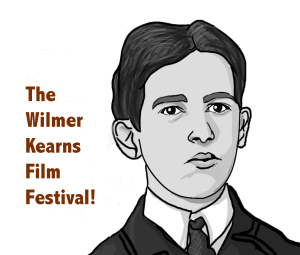
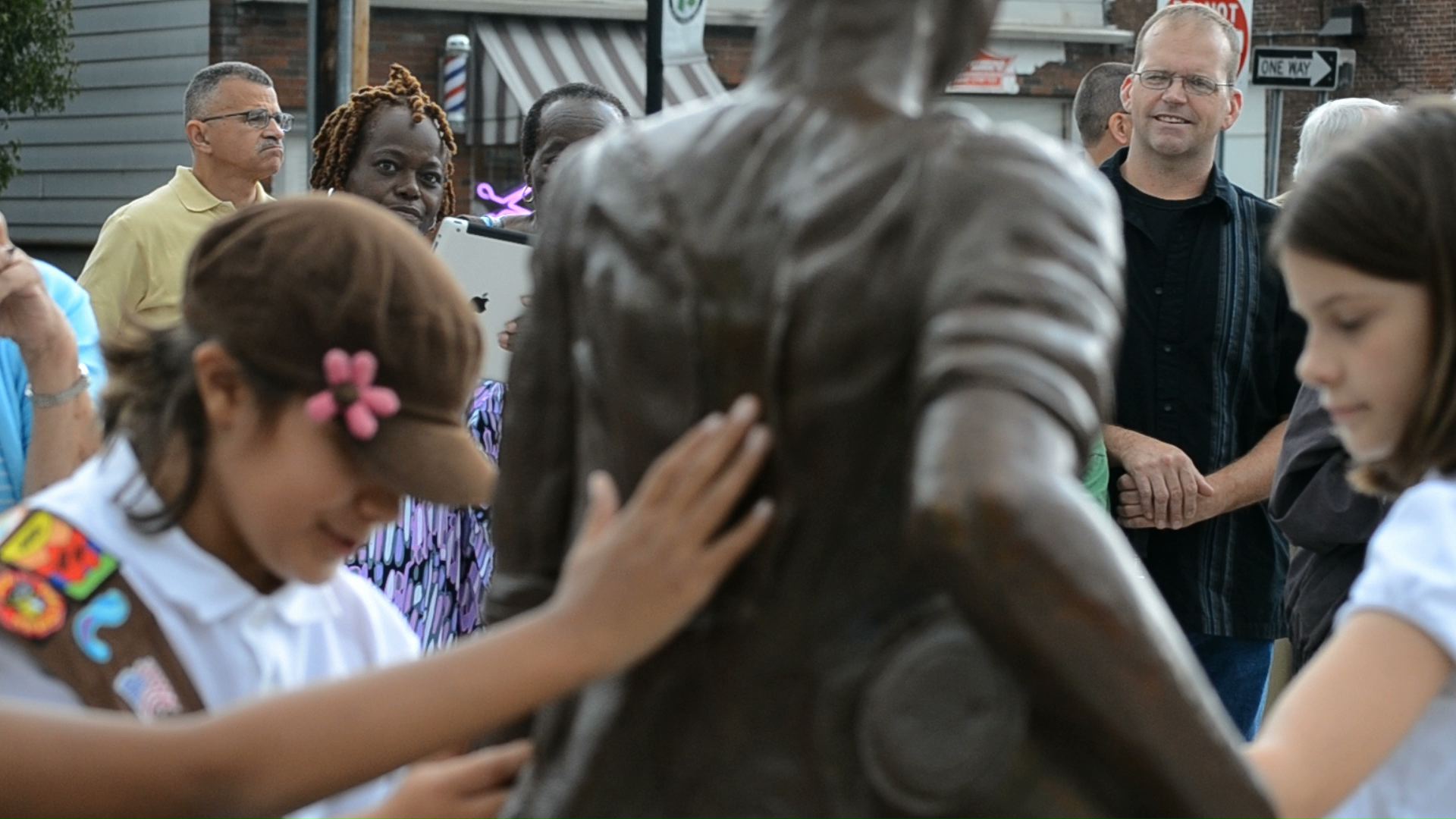
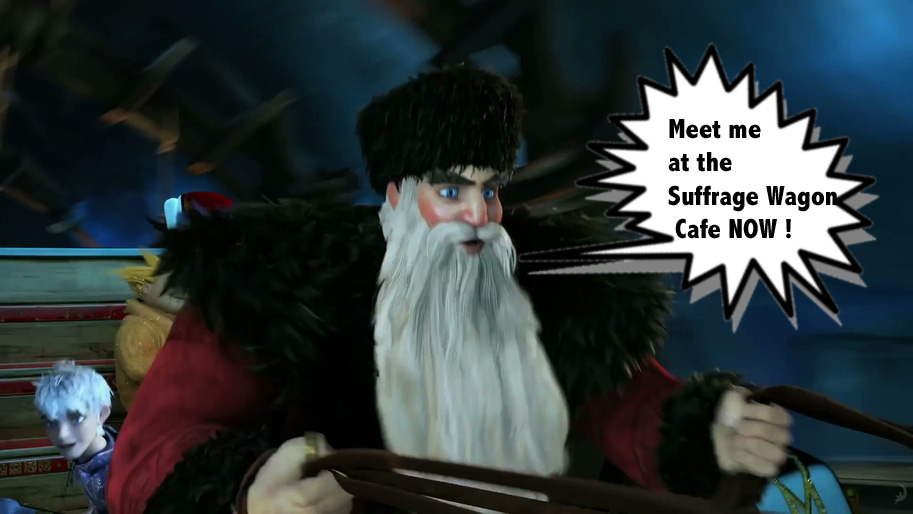
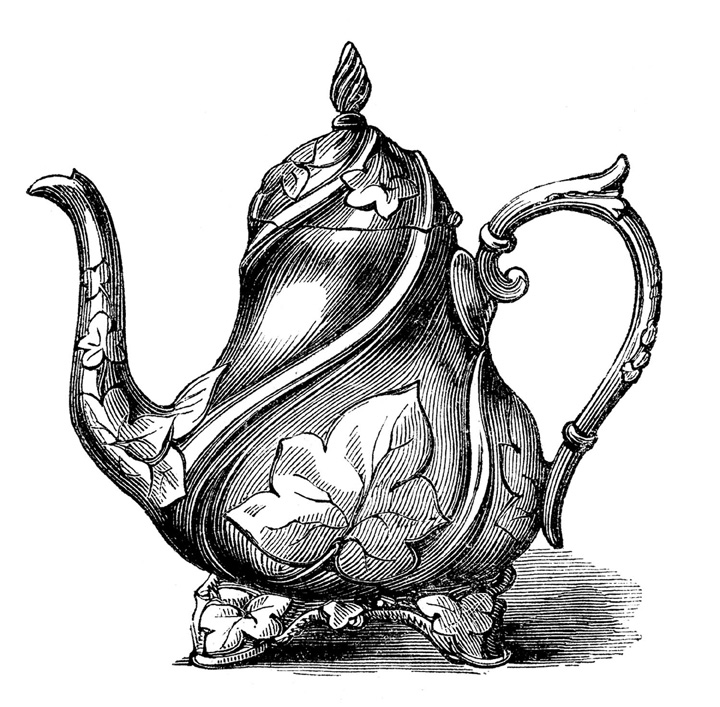
0 Comments